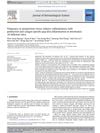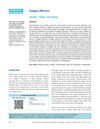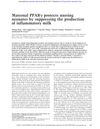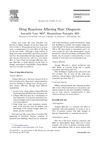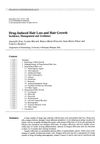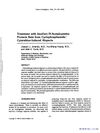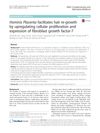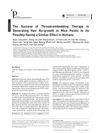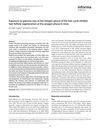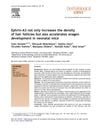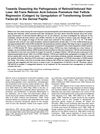5-Bromo-2′-Deoxyuridine Induced Effluvium via p53-Mediated CD326-Positive Keratinocyte Apoptosis in C57BL/6 Mice
August 2016
in “
Journal of Dermatology
”
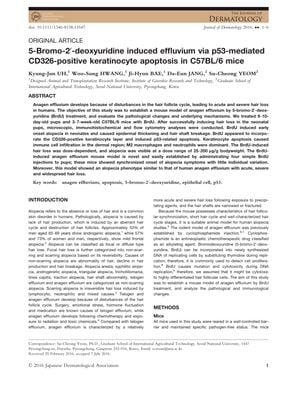
TLDR A chemical called 5-Bromo-2′-deoxyuridine caused rapid hair loss in mice by killing certain skin cells through a specific cell death pathway.
In 2016, Uh et al. developed a mouse model for anagen effluvium, a form of rapid hair loss, by treating C57BL/6 mice with 5-bromo-2'-deoxyuridine (BrdU). The treatment resulted in dose-dependent hair loss, with alopecia occurring at doses between 25-200 µg/g bodyweight. The BrdU caused apoptosis in CD326-positive keratinocytes through the p53 pathway and led to an immune response characterized by infiltration of M2 macrophages and neutrophils. This model, which also exhibited hyperkeratinization and hair shaft breakage, was considered to closely mimic human anagen effluvium and was proposed as a suitable model for studying hair loss due to chemical or chemotherapy treatments. The study was funded by the National Research Foundation of Korea and the Korean Food and Drug Administration, and no conflicts of interest were reported.
